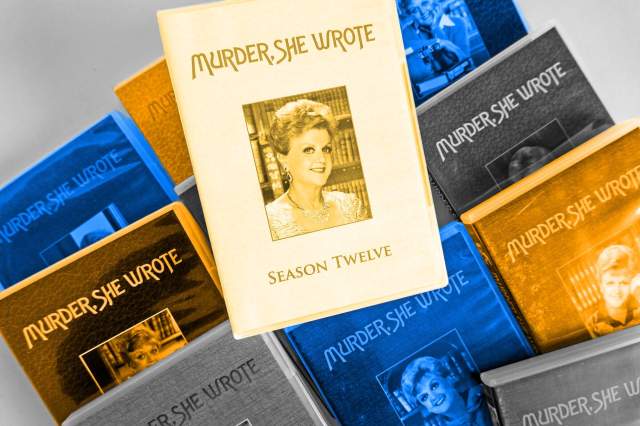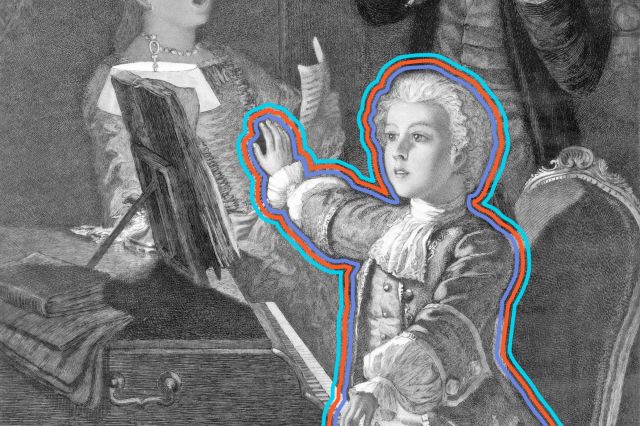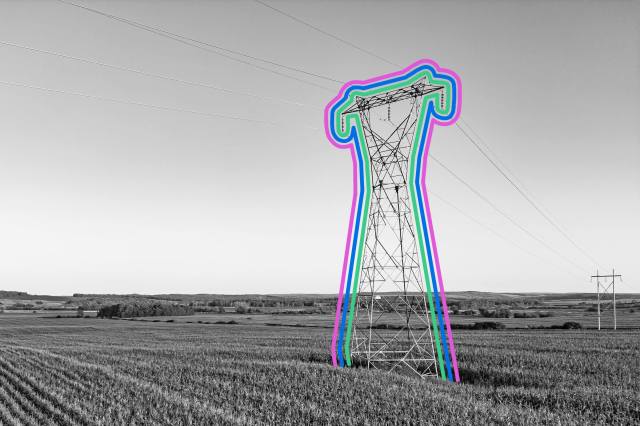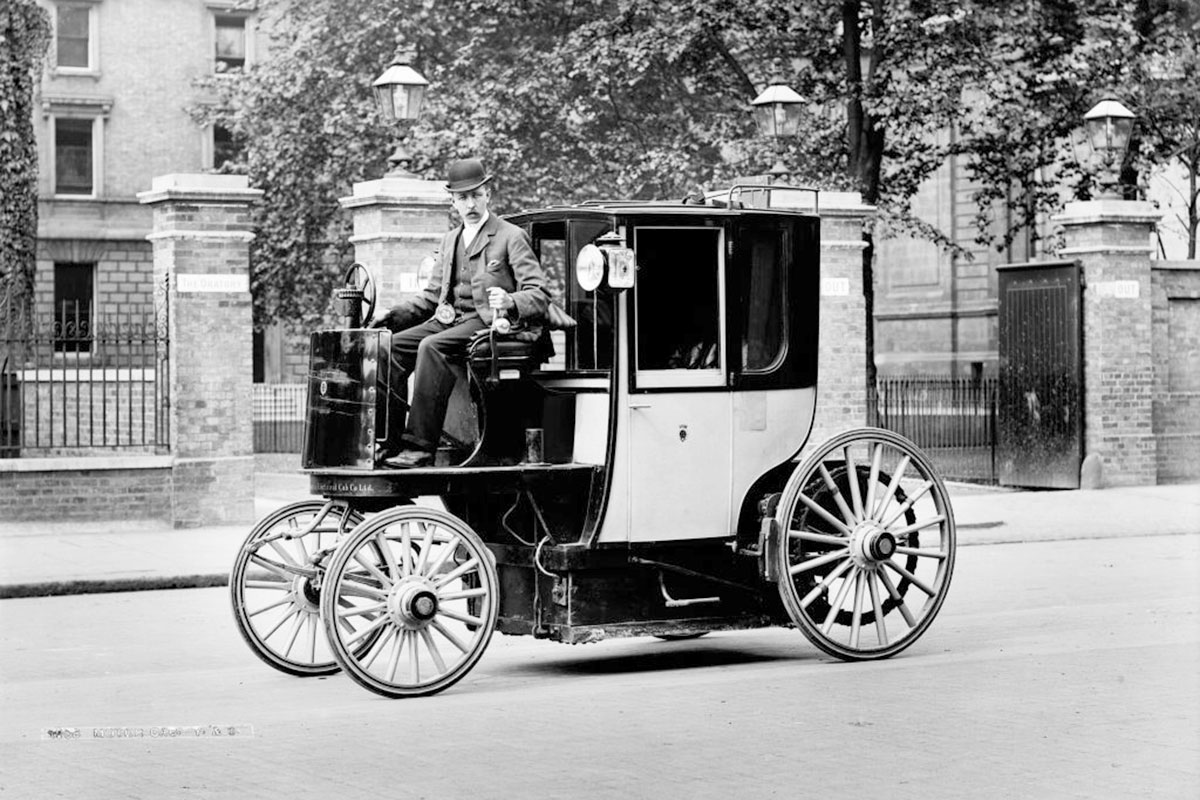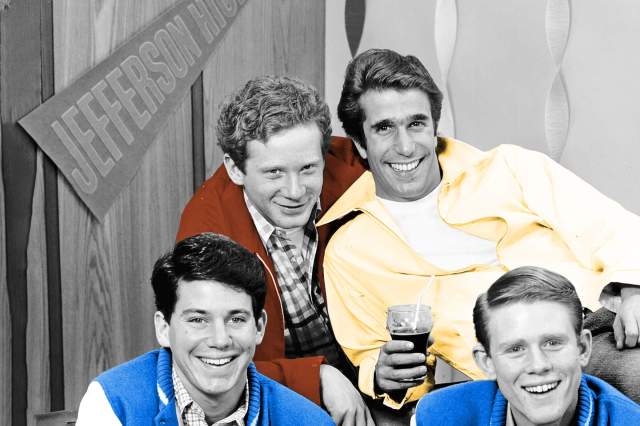8 Fascinating Facts About Actress and Inventor Hedy Lamarr
Original photo by cineclassico / Alamy Stock Photo
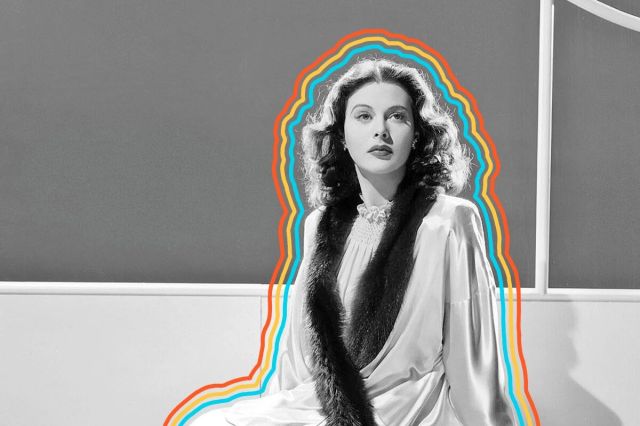
During Hollywood’s Golden Age in the 1930s and ’40s, MGM star Hedy Lamarr was considered one of the world’s most beautiful women. Her appearance was reportedly the model behind Walt Disney’s Snow White, as well as Batman’s nemesis, Catwoman. Yet there’s much more to Lamarr’s life than her beauty. She was also an inventor, who had an idea amid World War II that would have later implications for both the U.S. military and technology such as GPS and Bluetooth. Learn more about Lamar with these eight fascinating facts.

Lamarr Was Often Associated With a Racy Early Film
Born Hedwig Eva Maria Kiesler in Vienna, Austria, Lamarr starred in the Czech movie Ecstasy (1933) when she was a teenager. The silent film featured Lamarr swimming in the nude, as well as simulating what’s thought to be cinema’s first female orgasm. Given its content, Ecstasy was criticized by Pope Pius XI and Adolf Hitler banned the movie due to Lamarr’s Jewish background. Even after Lamarr became a star in Hollywood, people often called her “Ecstasy Girl.” The title for her problematic autobiography, Ecstasy and Me: My Life as a Woman, was also inspired by this risqué film.

Lamarr Was Married Six Times
Lamarr never had much success in marriage, with six failed unions under her belt. Lamarr was not yet 20 when she wed her first husband, Friedrich Mandl, in 1933. Mandl was a munitions dealer who worked with Nazis, dined with people like Italian dictator Benito Mussolini, and was also extremely controlling of Lamarr. In fact, Mandl tried (unsuccessfully) to purchase all copies of Lamarr’s film Ecstasy. It took multiple escape attempts before Lamarr was able to get out of the marriage in 1937. In one telling, she says she had to drug her maid and disguise herself in the servant’s uniform to flee.

Lamarr Negotiated Her Own Hollywood Contract
After the end of her first marriage, Lamarr wanted to go to Hollywood. While in London, she met Louis B. Mayer, the head of MGM Studios. Mayer, aware of the controversy surrounding Ecstasy, offered Lamarr a contract with a salary of only $125 per week, which she turned down. Still determined to go to Hollywood, Lamarr managed to board the ship Mayer was taking back to the United States. During the voyage, Lamarr charmed her fellow passengers, demonstrating the pull she could exert on audiences. By the time the ship had arrived stateside, Lamarr had a contract with MGM for $500 a week.

Lamarr’s Stage Name Was Inspired By a Dead Movie Star
Signing with MGM required Lamarr to change her last name from Keisler, since German names were not in vogue by the late 1930s. Mayer was inspired by deceased silent film star Barbara La Marr when creating the actress’ new last name. Although it was fake, Lamarr became attached to her new name. When the Mel Brooks comedy Blazing Saddles (1974) had a character named “Hedley Lamarr,” Lamarr sued for the unauthorized use of her name and received a small settlement.

Lamarr’s Inventor Side Was Encouraged by Howard Hughes
When Lamarr was 5, she’d taken apart and then rebuilt a music box to discover how it worked. Her interest in understanding how things functioned, along with a desire to create her own inventions, continued even as she began to make her name in Hollywood. In this, Lamarr was supported by movie mogul and aerospace innovator Howard Hughes. Lamarr aided Hughes in return; by studying the anatomy of fish and birds, she came up with an idea for an airplane wing that he embraced as “genius.”

Lamarr’s World War II Invention Was Initially Dismissed
During World War II, Lamar and modernist composer George Antheil came up with a “secret communication system” that used “frequency hopping” between radio signals to direct torpedoes without enemy interference. She and Antheil received a patent in August 1942 and offered their invention to the U.S. military. But the government wasn’t interested in the invention or Lamarr’s intelligence. Instead, the actress was informed that her beauty was the best way to help the war effort. Instead of rejecting this sexist suggestion, Lamarr went on to sell millions in war bonds. She also took shifts at the Hollywood Canteen, where soldiers could relax and spend time with movie stars.

Lamarr Invented Many Everyday Items
In addition to the frequency-hopping system, Lamarr had a slew of other inventions, including a light-up dog collar, improvements for a traffic signal, tablets to transform water into soft drinks, and a new Kleenex box.

Lamarr’s Frequency-Hopping System Was Used Globally, But She Didn’t Receive Credit
The frequency-hopping system that Lamarr and Antheil invented during World War II was adapted by the U.S. Navy and used during 1962’s Cuban Missile Crisis. Later it contributed to technological innovations such as Bluetooth and GPS. Yet Lamarr’s contribution was ignored. She expressed her feelings about this in a 1990 interview: “I can’t understand why there’s no acknowledgment when it’s used all over the world.” Lamarr was slightly mollified when she was recognized by the Electronic Frontier Foundation with a Pioneer Award in 1997.

Interesting Facts writers have been seen in Popular Mechanics, Mental Floss, A+E Networks, and more. They’re fascinated by history, science, food, culture, and the world around them.
top picks from the optimism network
Interesting Facts is part of Optimism, which publishes content that uplifts, informs, and inspires.














